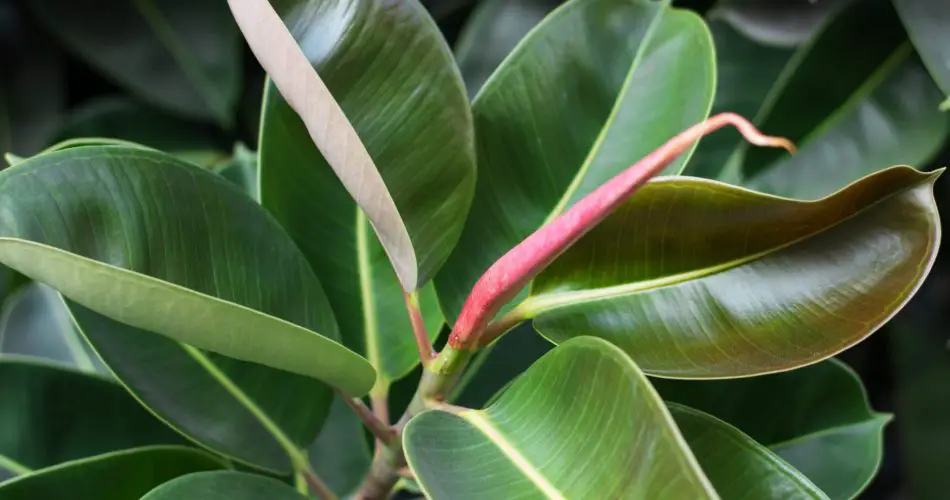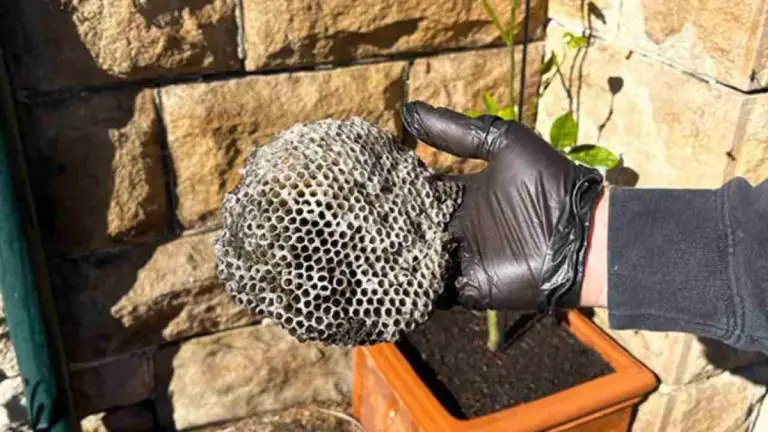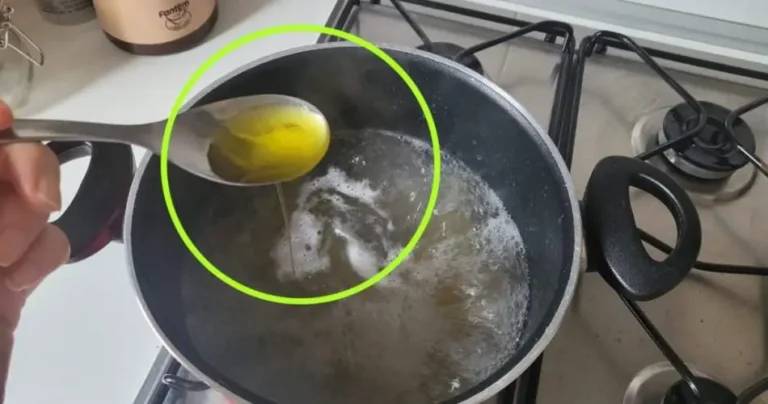How to grow ficus robusta at home and counteract contaminants
Ficus robusta or elastica is a very simple plant to grow. Typical of tropical countries, this plant needs indirect light, misted water and temperatures never lower than 15 ° C.
An essential apartment . There is more than one reason to grow a robust ficus in the apartment, in short, beyond its large green leaves that can give a touch of elegance to any corner of the house, there is more.
This tropical plant is capable of humidifying a closed environment and at the same time absorbing pollutants present in the air, in particular, it seems to be very effective against formaldehyde , a substance released from different household products and cigarette smoke, unhealthy for humans. humans.
Features
Belonging to the Moraceae family , ficus robusta, or elastica , is a beautiful indoor plant whose origins are in the Far East. In nature the ficus robusta is destined to become a real tree , known as the rubber tree, hence the name ficus elastica or rubber fig since a quality rubber can be extracted from the latex of the plant. Otherwise, the ficus robusta is recognizable by the central vertical stem from which large bright bright green leaves develop.
Exhibition
Ficus robusta is a tropical plant , therefore it also tolerates heat but does not tolerate cold, that is, temperatures below 15ºC. In summer it is possible to let the plant grow outside, in a semi-shaded area, while in winter it is better to seek shelter from the cold and keep in mind that the ideal temperature to maintain in the apartment should range between 16 ° C and 27 ° C Ficus robusta can be placed in light, but not in direct sunlight, mainly to prevent the leaves from burning.
Soil and fertilizer
After obtaining a large pot with a diameter of at least 25 cm , add expanded clay and then universal soil or green topsoil . Use a liquid green plant fertilizer and dilute it in the water you normally use to water the plant. When to fertilize? Every 15 days in spring and summer, once a month in winter
Irrigation
Indicatively, you should wet the plant every five days in the warmer months and every ten in the colder months. In order not to make mistakes, often check the soil on the surface with a finger: if it is dry, water it, otherwise wait. Just be careful of standing water which could cause rot and suffocation of the plant’s roots.
Another recommendation: if your ficus robusta is in the apartment, in winter it may suffer from heating and in summer the air conditioning on. To give it a little relief, when the environment is particularly dry, occasionally spray a little non-calcareous water (so as not to ruin the leaves) at room temperature on its leaves.
Pruning
To limit the size of the plant that can grow too large or to remove any damaged parts of the plant, you can proceed with pruning operations. The best time to do this is spring , although removing dried parts can be done at any time of the year.
Diseases and pests
Periodically check that your ficus robusta has not been infected with mealybug and, if it has, intervene with a cotton ball soaked in alcohol to clean the leaves.
Incorrect exposure, poor or overwatering, and accidental stagnation of water can cause the leaves of the ficus robusta to turn yellow, turn into bricks, or even fall off. In this case, you are making some mistakes, so review the instructions for growing a ficus robusta and try to save what can be saved.






